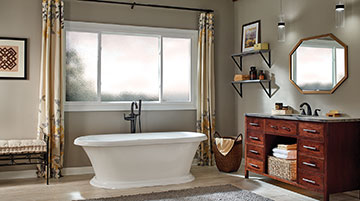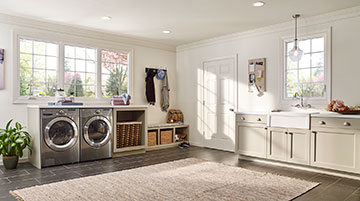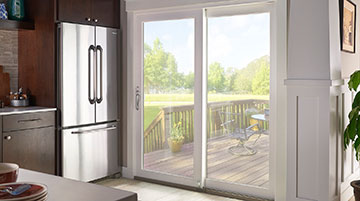

Designed to last a lifetime, our ComfortSmart windows have a modern narrow frame, so they can always showcase your home.

Harborlight windows are made to be long lasting, providing long term value. The traditional frame style fits naturally into any home aesthetic.

Premier sliding patio doors are design to provide a beautiful, seamless transition from your home to the outdoors.
Use the links below to find warranty information for previously purchased Great Lakes Window products, register products or submit a warranty claim for Great Lakes Window products.